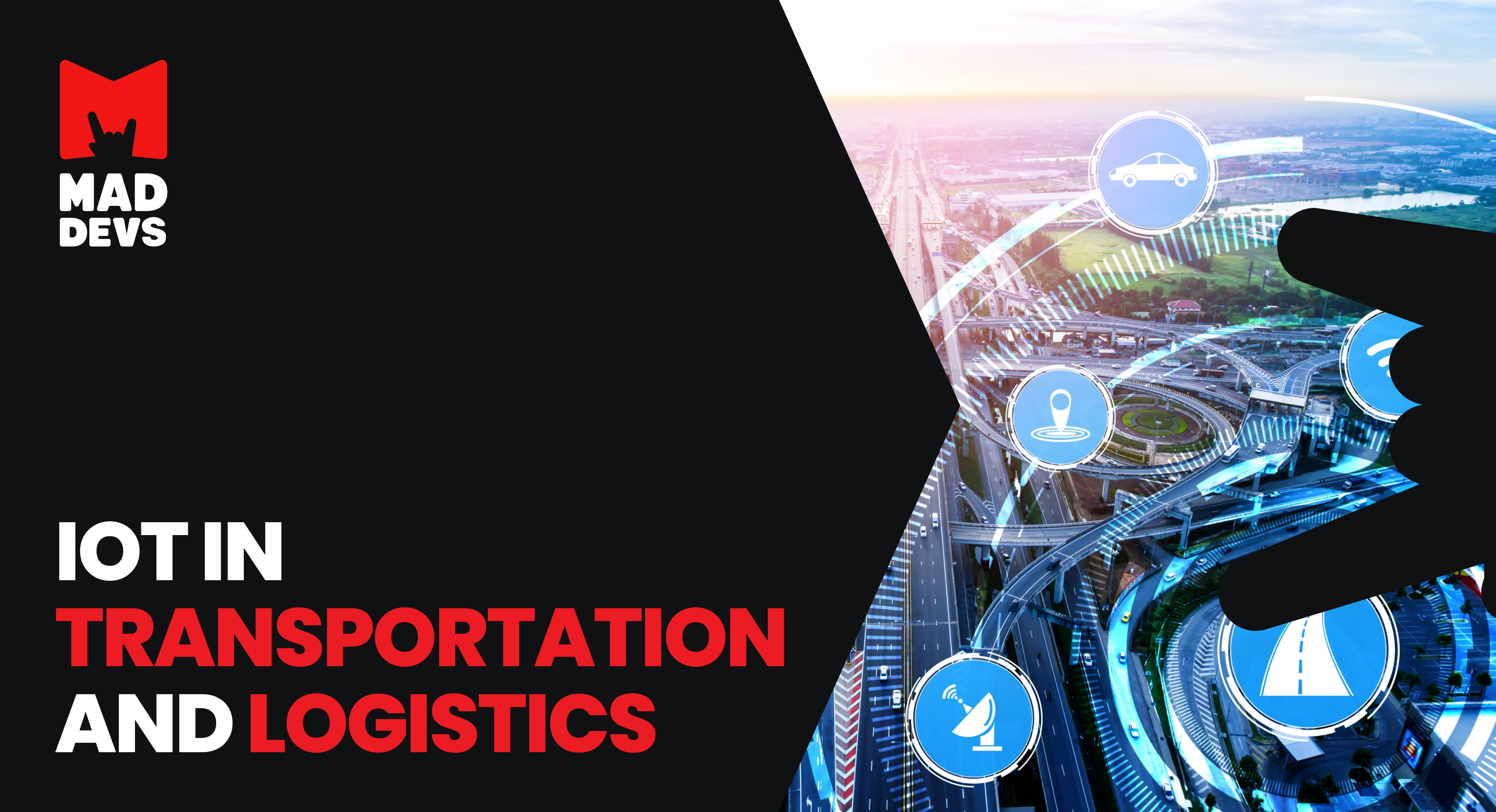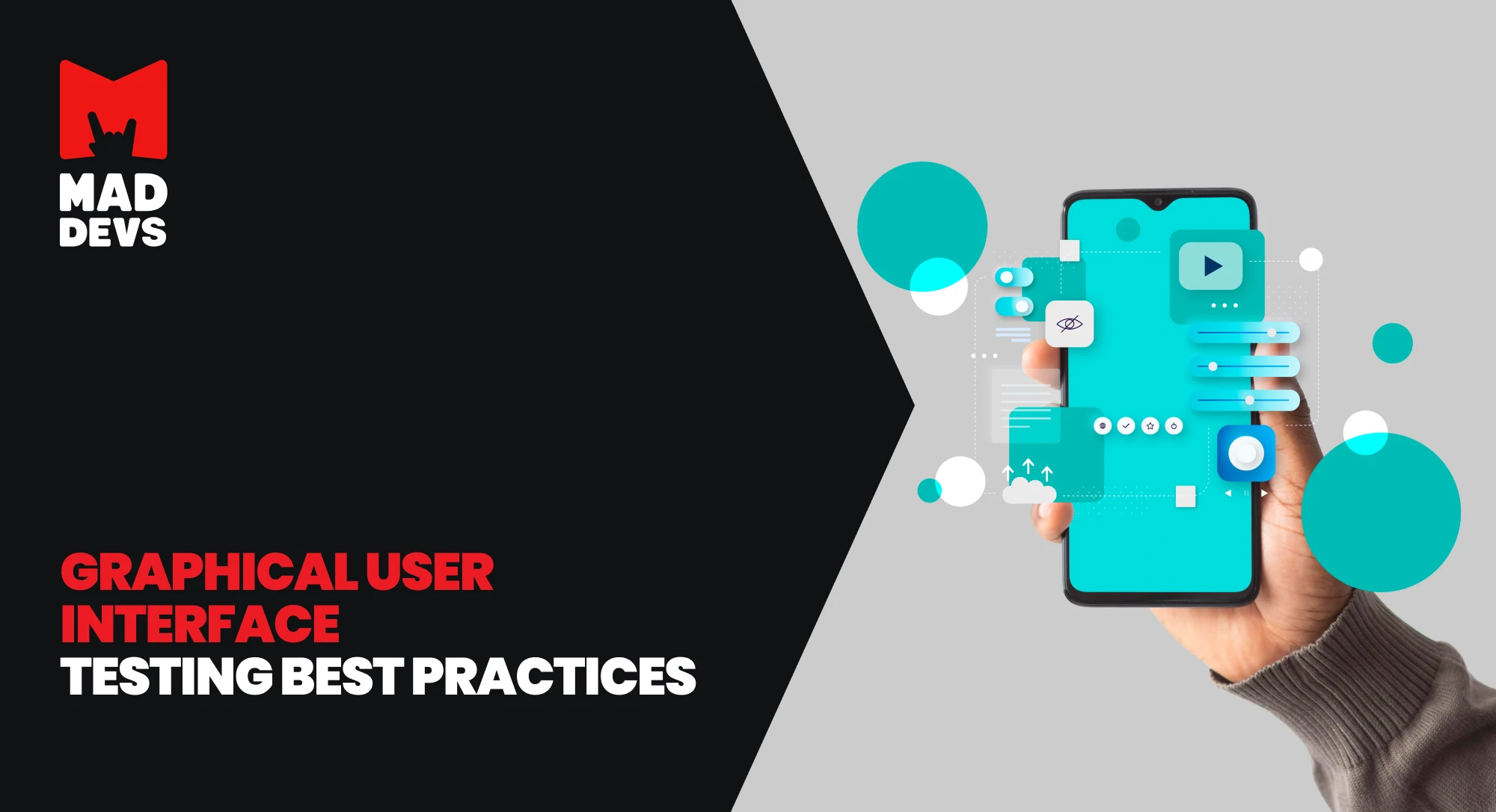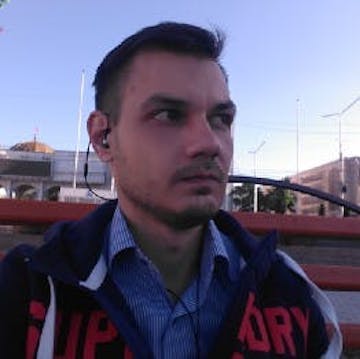Health is on the minds of individuals and governments worldwide. Whether it's about an individual's risks and well-being or a country's healthcare system, technology is providing solutions to make people healthier and reduce the stress on doctors and other healthcare personnel. Remote patient monitoring (RPM) systems are one such solution.
An RPM system is more than just a technological tool for monitoring patients' vital signs; it gathers patient data outside of traditional healthcare settings using the latest advances in information technology. This article will examine how RPM software operates, its benefits, the market's current and future state, and what you can do to begin creating your own RPM solution.
What is remote patient monitoring?
Before discussing the specific definition of Remote Patient Monitoring (RPM), let's consider the concept of a patient monitoring system. This refers to any technology and processes healthcare providers use to monitor vital biological indicators. For example, a common instrument in a patient monitoring system is an electrocardiography (ECG) machine that allows physicians to monitor the heart's vital signs.
An RPM system goes beyond a technological tool for monitoring patients' vital signs. It gathers patient data outside of clinics and hospitals using the latest advances in information technology and the Internet of Things (IoT). Broadly speaking, RPM can be divided into two categories based on where they are applied: bedside (hospital/doctor's office) and remote (home). Within these categories, there are different types of systems:
Cardiac monitoring
Low-amplitude signals are used to remotely monitor patient status in real time. It's designed specifically for patients with pacemakers, defibrillators, cardiac resynchronization, and implantable heart monitors.
Baseline signs monitoring
Focuses on monitoring basic physiological parameters such as blood glucose, blood pressure, temperature, and oxygen saturation. Compact trackers, smartwatches, and electric stethoscopes analyze and transmit the data to medical providers.
Pregnancy monitoring
Collects data related to a mother's and fetus's health to detect even the slightest abnormalities at any time.
Depression monitoring
Detects mood changes and symptoms of depression by measuring an individual's heart rate, blood pressure, physical activity, and sleep patterns.
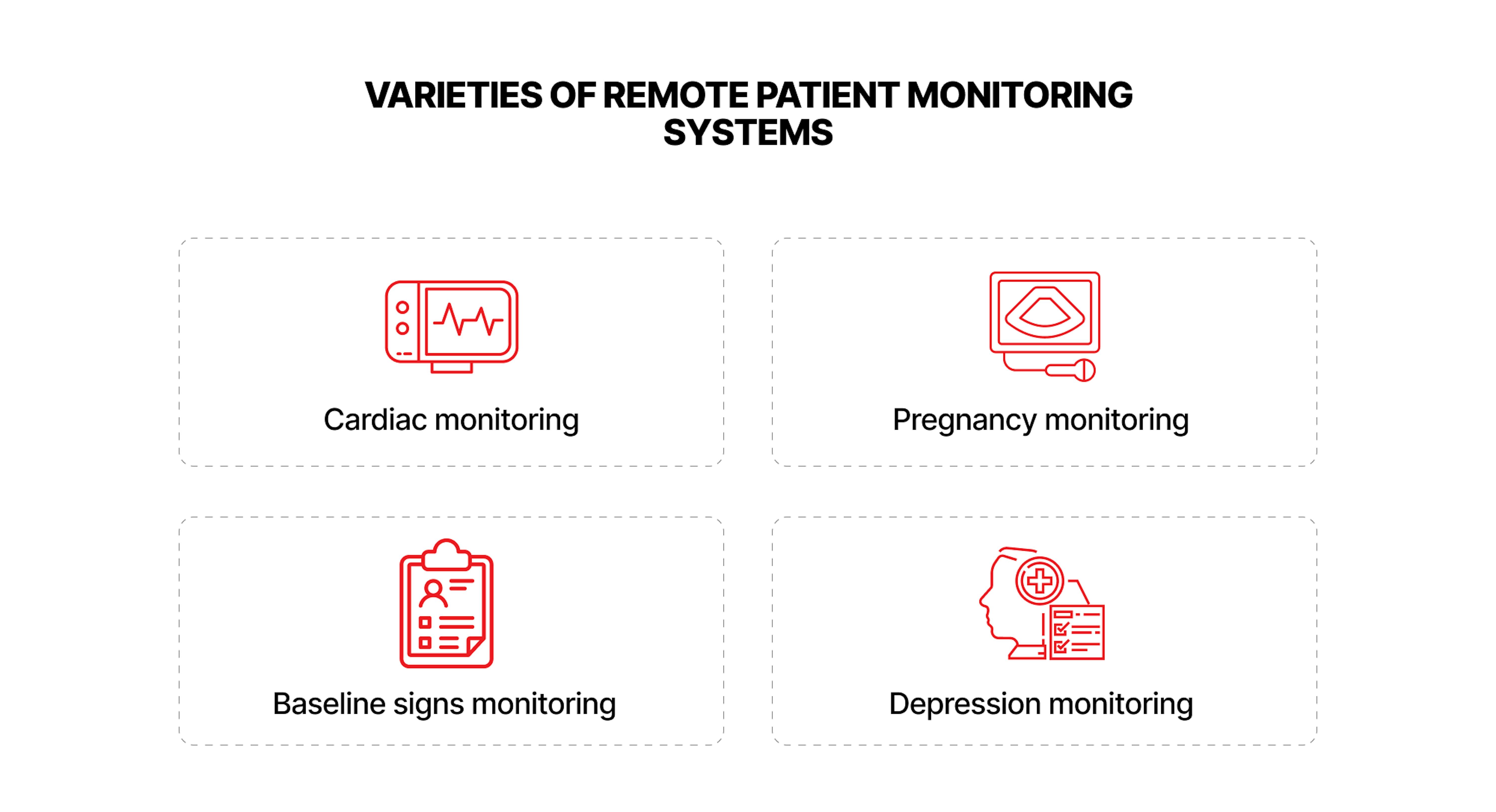
How RPM works
Each RPM system and device functions in a particular way depending on what system of the body they are monitoring, although there are elements typically included in any solution to monitor and measure an individual's vital signs. They are:
Data collection and exchange
Wearables, IoT devices, and sensors on the patient collect health-related data. Once correctly calibrated, the devices transmit the data electronically from the patient to the provider. The devices must have a Wi-Fi or LTE adapter for a successful transfer. Medical data can also be transferred via Bluetooth to IoT mobile apps via RPM devices.
Centralized storage
The provider securely stores the data collected from various sources, including patient devices, analytics systems, and e-medicine.
Analysis
The information is processed using advanced AI data management and analytics, and alerts are sent to caregivers, providers, and patients as needed and according to their preferences.
Broadcast
Data collected from remote monitoring systems is transmitted to healthcare providers via the Internet, text, telephone, or other methods of communication. Doctors and their patients can communicate more simply by using RPM with audio and video conferencing capabilities. Adding various communication features transforms a basic RPM system into a complete telemedicine platform.
Notifications
When doctors identify potential problems, patient RPM data can be transformed into actionable information. If a patient needs immediate assistance, RPM systems can contact emergency services. For less urgent cases, patients can receive insights into their next steps in any situation. However, HIPAA and other regulations may prohibit including patient information in certain notifications.
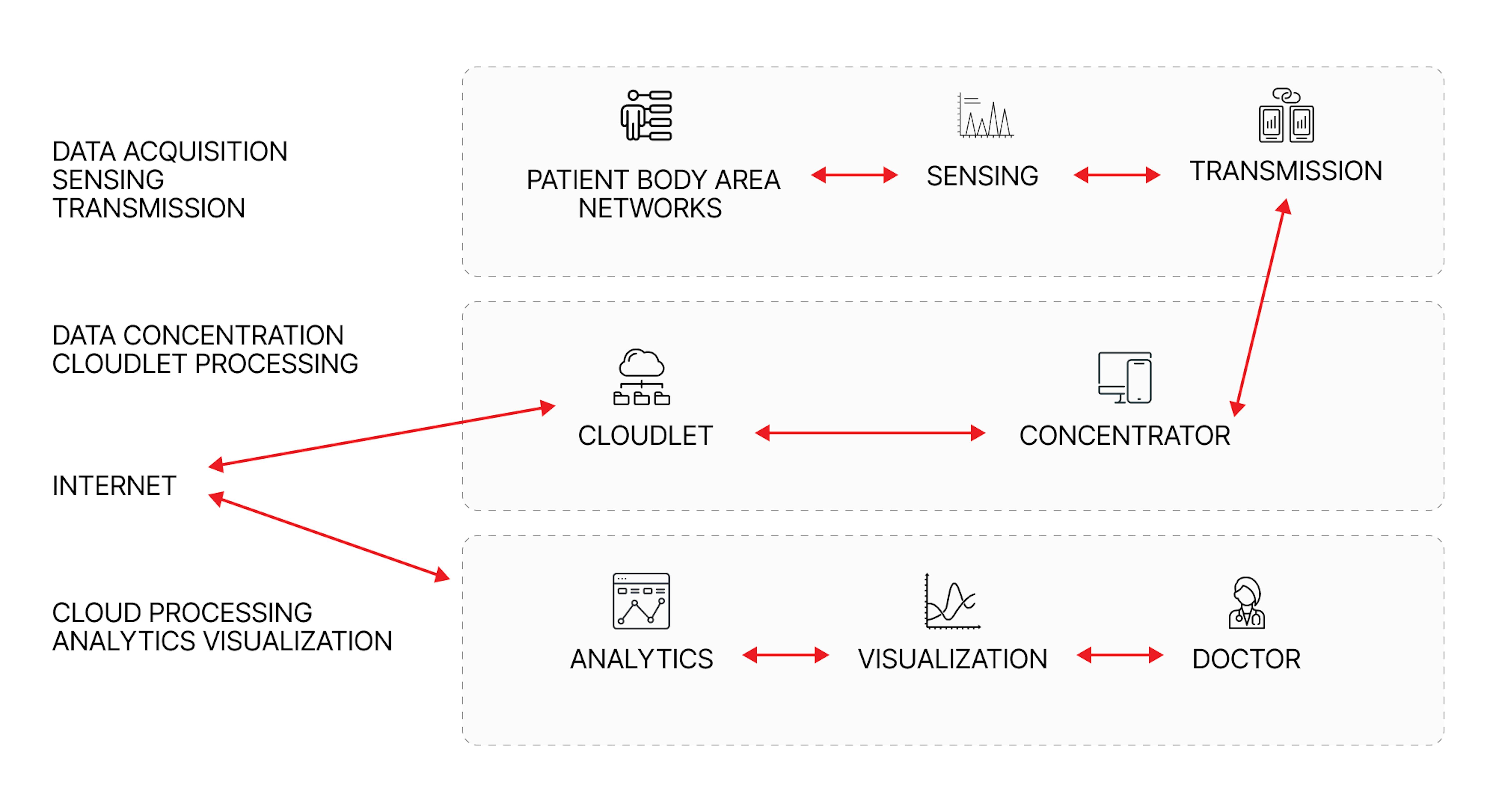
Benefits of using RPM software
RPM is part of the broader automation revolution that is occurring across industries. As such there are universal benefits of using this software that go beyond healthcare. In the case of RPM, individuals and healthcare businesses stand to gain in the following ways:
Easy access to information
Data collection and analysis have become much more manageable since remote monitoring solutions can easily be integrated into homes and clinic beds. The data is collected and uploaded to Electronic Health Record (EHR) systems, giving doctors access to real-time patient data to help them make better decisions and improve care.
Healthier lifestyle
RPM devices such as trackers, sensors, and wearable gadgets help individuals be more aware of their health by tracking blood pressure, blood glucose, oxygen saturation, and other vital signs. This is especially helpful for seniors and people with chronic illnesses.
Cost-savings
According to Health Recovery Solutions, RPM systems reduce emergency room costs. Round-the-clock monitoring allows doctors to detect vague symptoms and more serious health issues. They also report that healthcare providers can offer patients more cost-effective treatment options thanks to RPM and reduce their costs as well.
Reduced remissions
The use of RPM devices can drastically reduce hospital readmission rates. Many discharged patients return to the hospital complaining of dizziness, high blood pressure, and other symptoms. In most cases, these symptoms do not require an in-depth examination. However, doctors can constantly monitor patients' vitals with an RPM system instead of calling them to the hospital. RPM solutions can also remind patients to take necessary medication or perform activities that prevent the need for hospitalization.
Decreased patient care expenses
Remote monitoring means fewer visits and tests to check insignificant issues or conduct unnecessary procedures. This leads to fewer complications and improved quality of care.
Fewer missed appointments
Both online consultations and remote monitoring minimize the need for physical visits to a healthcare provider and increase the convenience of receiving consultations and care.
Increased medical staff efficiency
RPM takes over patient monitoring tasks, reducing nurse and other staff workload and allowing them to focus on more important and valuable work. It can also help to optimize medical staff schedules to reduce burnout and overtime.
Increase in total revenue
Improved performance, new revenue streams following RPM implementation, and incentive payments provided by Medicare and Medicaid benefit healthcare providers financially.
Global remote patient monitoring market
As of 2023, the remote patient monitoring market is valued at $1.6 billion. Given the benefits of implementing RPM mentioned above, it's no surprise that the market is estimated to grow at a rate of 11.7% and reach $3.4 billion by 2030. These and other incentives are driving the market's growth.
There is an increasing interest among the general population in individual health. Both health enlightenment through social media and national and local programs are increasing health awareness.
The global wellness market is estimated to be worth $6.6 trillion in 2024 and is expected to grow to $7.2 trillion in 2025, demonstrating high demand for wellness in general.
Consumers are seeking healthier eating options as well, and there is still room to grow. According to McKinsey & Co, consumer demand for digital wellness options and devices is growing and investors are ready to support businesses offering these solutions; however, supply hasn't caught up to all these needs yet.
Global health concerns, such as the COVID-19 pandemic emphasized the need for more remote and real-time health monitoring, driving the industry forward. Likewise, the UN estimates that around half of the world's population lives in remote areas, making timely and efficient healthcare a challenge. RPM and other healthcare technologies have the potential to close the gap between rural and urban populations' access to quality care. Combined, all these drivers indicate that the RPM market is indeed set to grow.
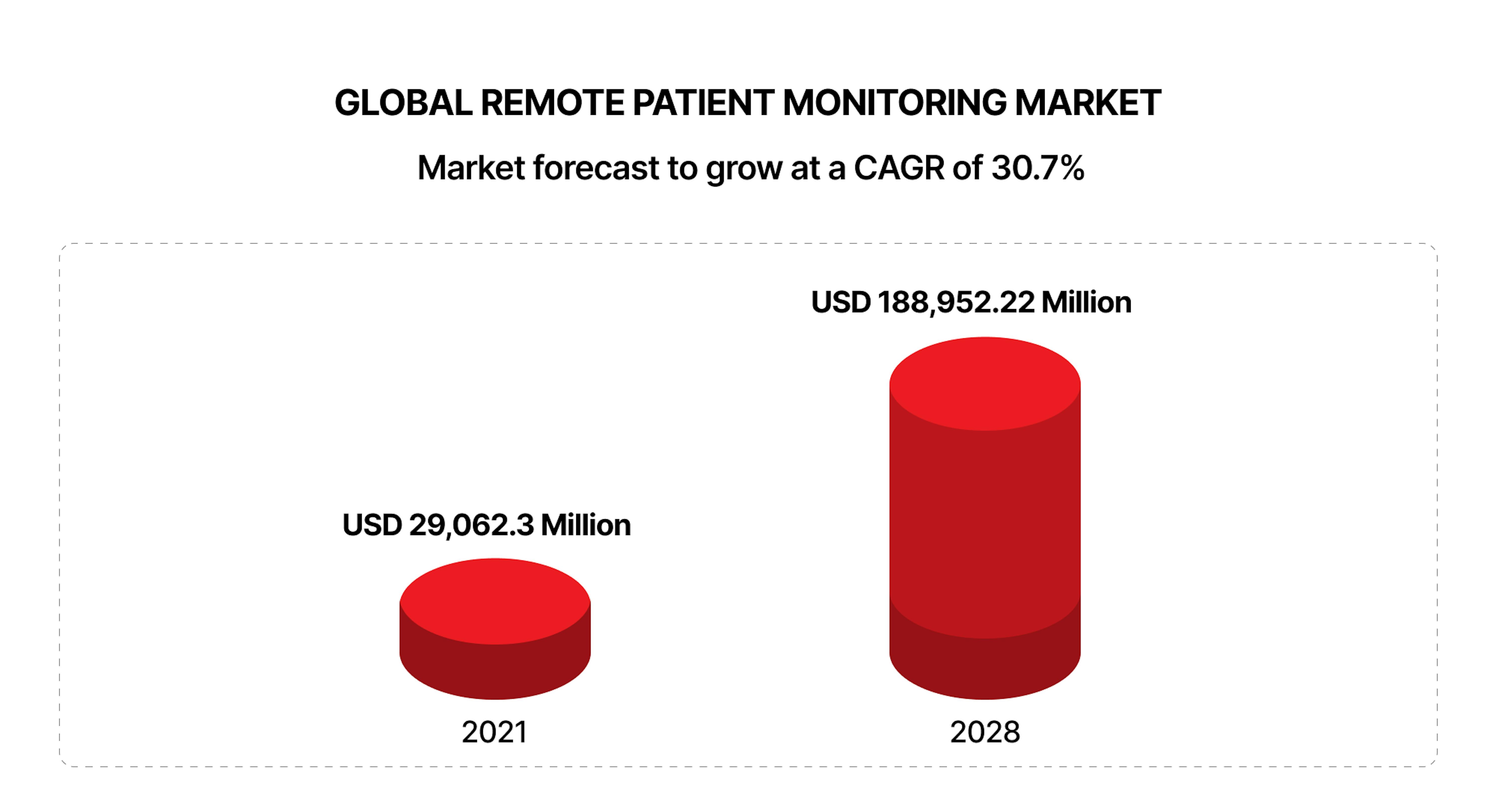
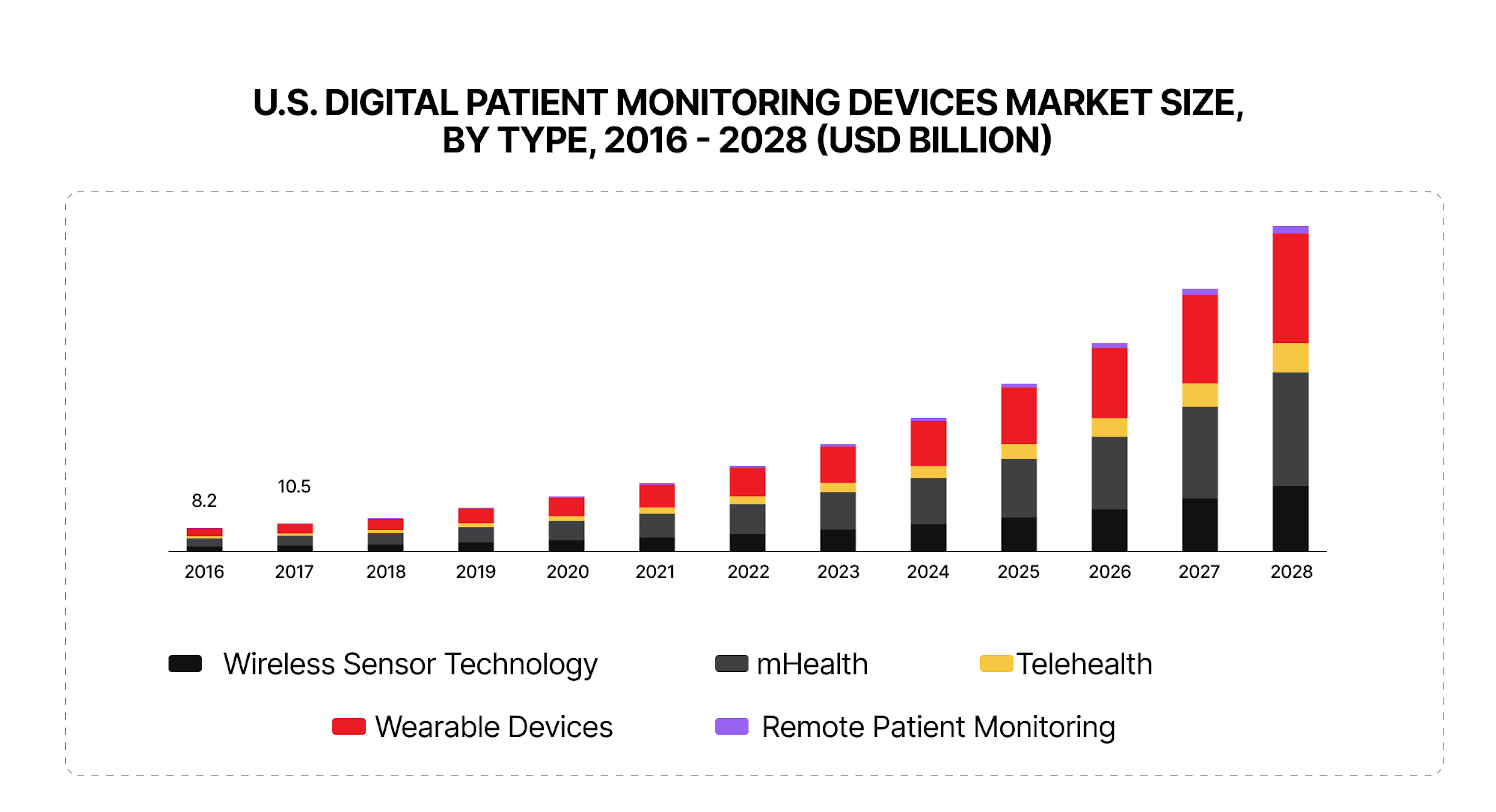
Creating an RPM solution: 9 tips you need to know
Similar to any other project, research is essential before beginning the development of any RPM technology. As the market research shows, there is a steady increase in competition; therefore, healthcare SaaS providers must thoroughly analyze users' needs to attract a larger audience and achieve high satisfaction rates. To do this, research the elements of RPM we described above to find the best way to collect the data you need, analyze it, store it, and provide useful insights for patients and users. The competition also means you can learn from the successes and failures of other companies.
Moreover, it's helpful to remember the different types of RPM systems that exist and match your plans to existing systems. Here are some tips you can use while brainstorming and designing your RPM solution.
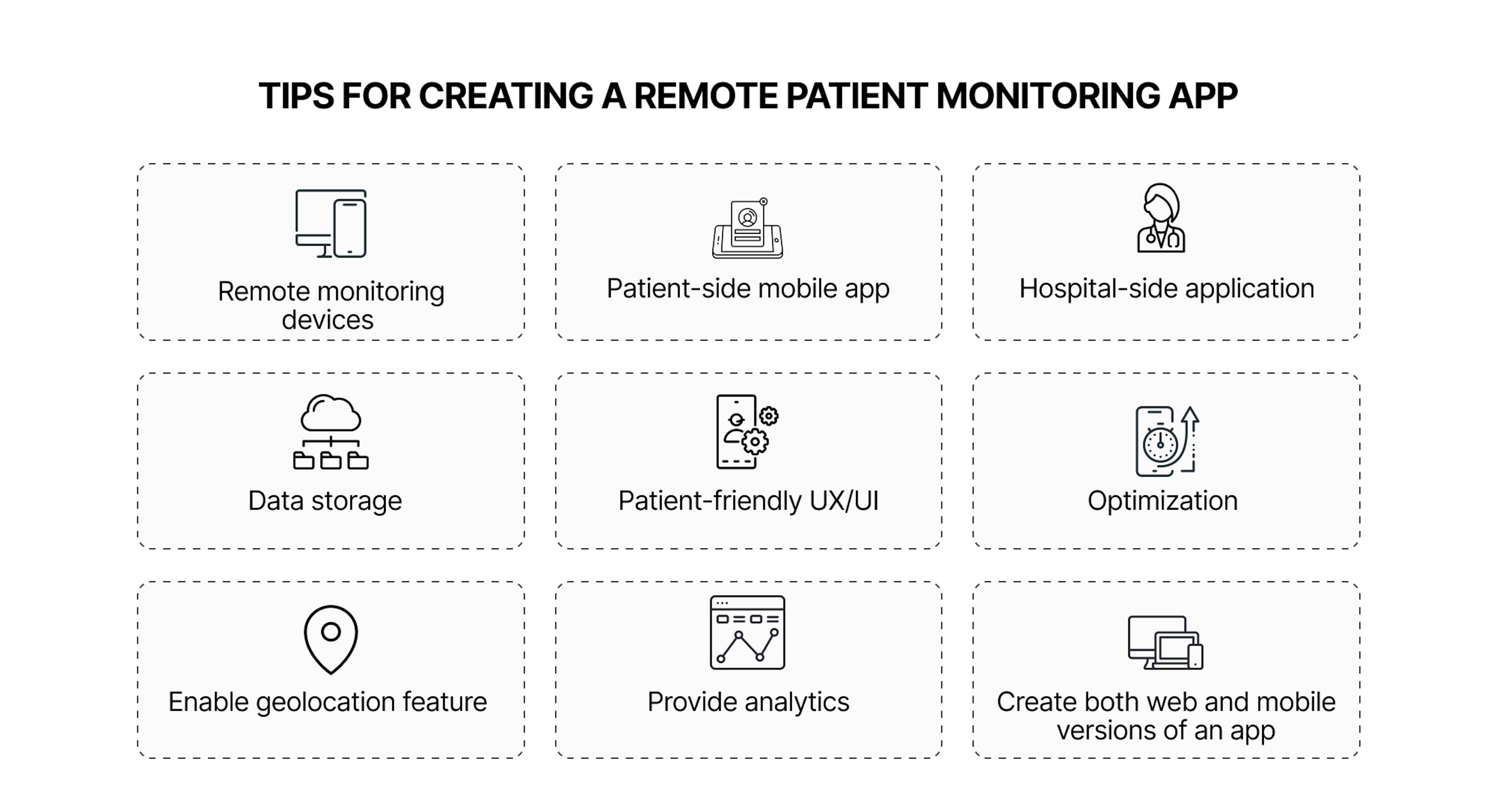
1. Remote monitoring devices
A remote patient monitoring platform begins with modern medical tools and devices. From heart rate to glucose level, they collect a wealth of health data without the involvement of healthcare providers. Clinics are permitted to use wireless noninvasive devices to track general physiological parameters remotely only if they comply with FDA requirements. All IoT-based medical devices require a dedicated mobile app to transfer patient data.
The Internet of Things has been around for a long time already. Take a closer look at the IoT and how it works in this article:
2. Patient-side mobile app
Mobile apps are an essential part of a RPM solution. Medical providers can analyze the data directly from the patient's device. To interact with IoT medical devices, a patient's mobile device must meet several criteria, such as supporting Bluetooth low energy, maintaining advanced security for protected health information, and complying with HIPAA regulations. RPM apps usually offer informative visualizations of data, educational materials, medical questionnaires, drug reminders, and tools for doctor-patient communication to increase patient engagement.
3. Hospital-side application
This application must also comply with HIPAA and follow medical device interoperability regulations. Furthermore, the clinic's EMR system should be integrated with the RPM web platform to prevent data silos from forming.
The following modules should be included in hospital patient monitoring software:
- Decision support module: To compare the patient's data against threshold values. If the limits are exceeded, the notification center is alerted.
- Notification module: Monitors threshold values to send warning messages when they are exceeded.
- Reports: Generated from all measurements and manual inputs and sent to doctors.
- Analytics modules: Use BI tools and data visualization methods to display measurements, behavioral patterns, and trends in real time. Physicians can use it to predict risky events and make well-informed treatment decisions.
4. Data storage
Basic patient information is commonly obtained from smartphones through cloud databases. However, some RPM solutions provide direct connectivity to the cloud for healthcare IoT devices. Data is stored in the cloud, so there is no need to download a mobile app. Blockchain can be integrated into cloud computing to reduce data loss and eliminate security concerns. Through end-to-end encryption and advanced database protection, blockchain technology will provide an additional layer of security for patient data.
5. Patient-friendly UX/UI
Healthcare solutions are applicable to patients and users of all ages, so consider this when designing your UX/UI. The interface of RPM software should be simple and intuitive, avoid overly complicated medical terms and, if necessary, define and explain them. You should also consider the inclusiveness of your application to make it accessible to people who are blind or have low vision and those who are hard of hearing.
6. Optimization
RPM solutions connecting wearables and IoT tracking devices work 24 hours a day. A reliable battery is crucial to ensure constant monitoring, uninterrupted data exchange, and timely notifications to prevent potential problems. So your application must be optimized for adequate energy consumption.
7. Enable geolocation feature
RPM applications monitor vital signs rather than every aspect of a patient's life. In an emergency, geolocation is essential: doctors need to know where to find patients who need emergency care, and patients can use the feature to locate nearby hospitals.
8. Provide analytics
Patients and doctors should track not only current data but also a patient's medical and lifestyle history. This will help them better understand the correlation between diets, sleeping schedules, physical activity, weather, etc. To make assessments easier and more accurate, you should provide visual representations of the data.
9. Create both web and mobile versions of your solution
RPM solutions connect patients and medical professionals. When developing an RPM app, it's essential to consider ease of use for all those who will be using the solution. While patients generally prefer mobile versions of the app are more prevalent among patients, care teams usually view data and analytics on computers.
📖 Learn how healthcare software can enhance patient care and operational efficiency! We explore prevalent systems, their benefits, and provide guidance on overcoming implementation challenges in our latest article.
How much does it cost?
If you are looking to develop your own RPM solution, it's helpful to have an estimate of how much it will cost to create. Software engineers and other development team members account for most of the expenses.
| ROLE | RATE PER HOUR |
|---|---|
| Business analyst | $40-$63 |
| Architect | $50-$77 |
| Project manager | $45-$70 |
| Junior engineer | $25-$42 |
| Middle engineer | $35-$60 |
| Senior engineer | $55-$90 |
| Junior QA | $25-$42 |
| Middle QA | $30-$49 |
| Senior QA | $40-$63 |
| UI/UX designer | $35-$56 |
Recruiting and hiring new tech talent for an in-house team can be costly. Outsourcing software development will include hourly developer wages plus vendor fees.
The cost of your RPM solution depends on several factors and can range from $200,000 to $400,000 for an app with advanced features. If you don't perform your research, it's easy to overpay for a software solution beyond your requirements or commit to a product that's too basic for your extensive needs.
Best examples of RPM software on the market
As we mentioned in our tips, one of the first steps is to study the competition. Here's a list of the top RPM software solutions. Use them for inspiration for your own creation.
Dexcom
The Dexcom company produces and distributes innovative continuous glucose monitoring (CGM) systems to help people to take control of diabetes.
What's unique?
Dexcom systems focus solely on blood glucose monitoring. For RPM, it sells both hardware and software. The Dexcom G6 CGM system, for example, uses a wearable sensor and transmitter to send glucose numbers to a smart device. Patients can share their data with up to ten people to keep family members updated.
Dexcom also offers Dexcom Clarity, which provides professional healthcare monitoring by visually analyzing data collected from a wearable device. The patient can see trends in blood glucose levels, and clinicians can adjust a patient's treatment plan based on this data.
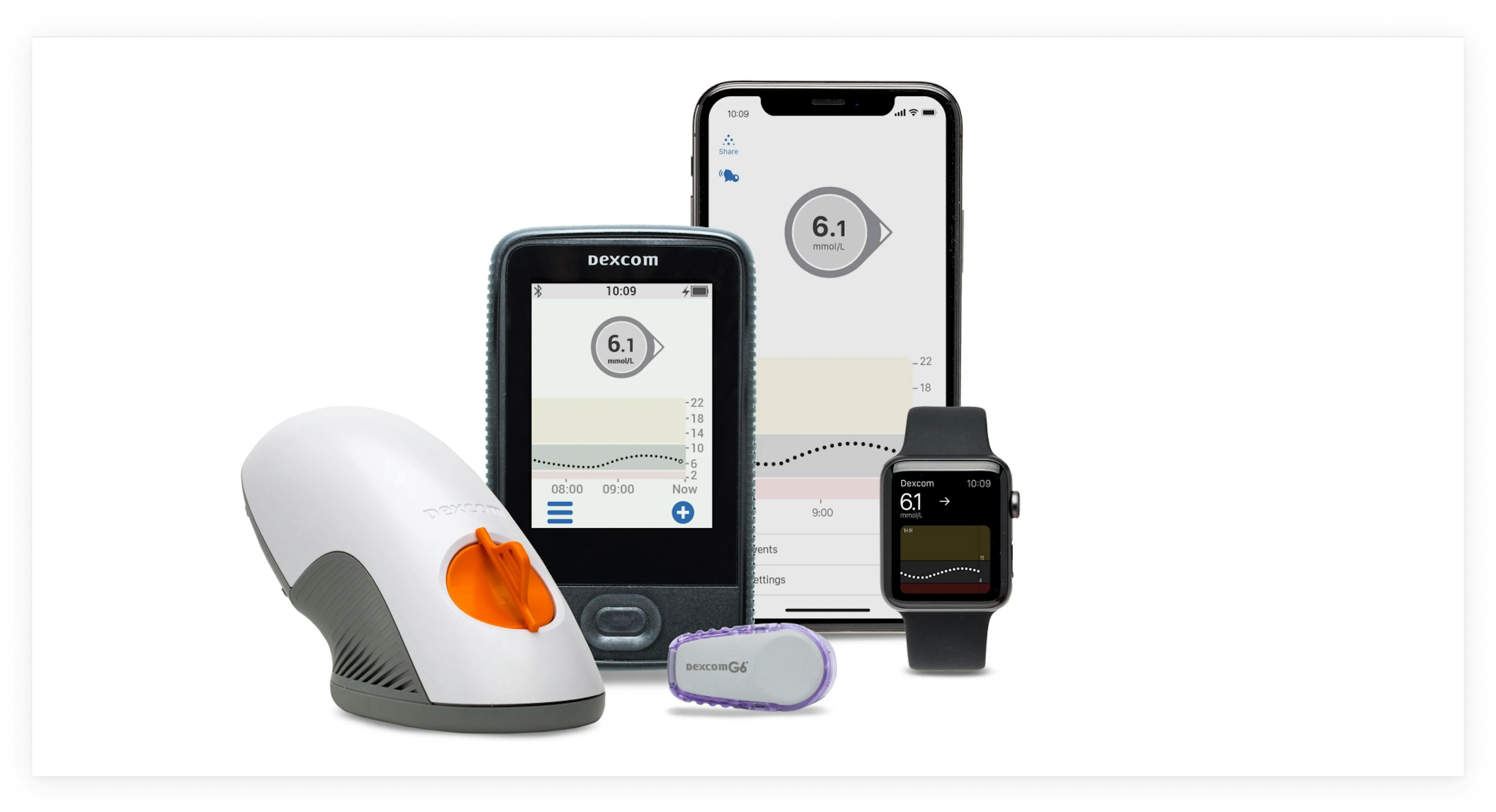
Medtronic
For over 70 years, Medtronic has been one of the leading healthcare technology companies. They bring together data, artificial intelligence, and knowledge of the human body to create software.
What's unique?
Medtronic offers a full range of remote patient monitoring software. Apps for iOS and Android devices monitor vital signs and other health indicators, such as weight scales, glucometers, and blood pressure monitors. The Medtronic Care Management Services platform allows healthcare providers to analyze the data. Healthcare providers receive alerts from partients when they reach predefined levels so they can analyze trends and modify their care plan accordingly.
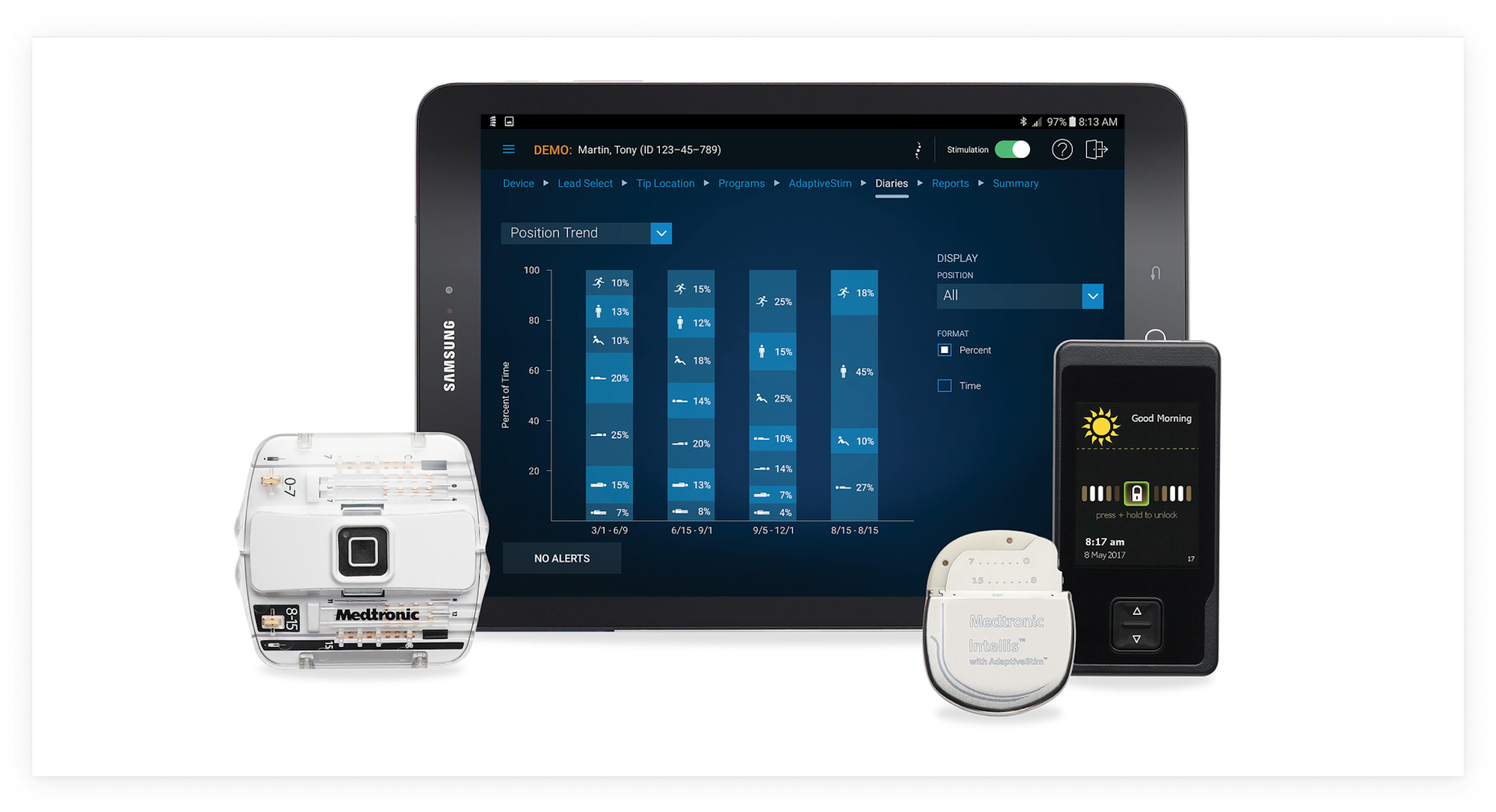
Doctolib
Doctolib is one of the most profitable French startups. It was originally a scheduling service but has since expanded into telemedicine.
What's unique?
In addition to improving the daily lives of healthcare professionals and patients, the startup aims to build a strong team of entrepreneurs. Patients can connect with health care practitioners through Doctolib, a marketplace in France and Germany. When patients are ready to speak with their doctor, they can begin a video chat. They can also access prescriptions in their user accounts. The service only lets patients book remote appointments with practitioners who they've seen in person in the last 12 months.
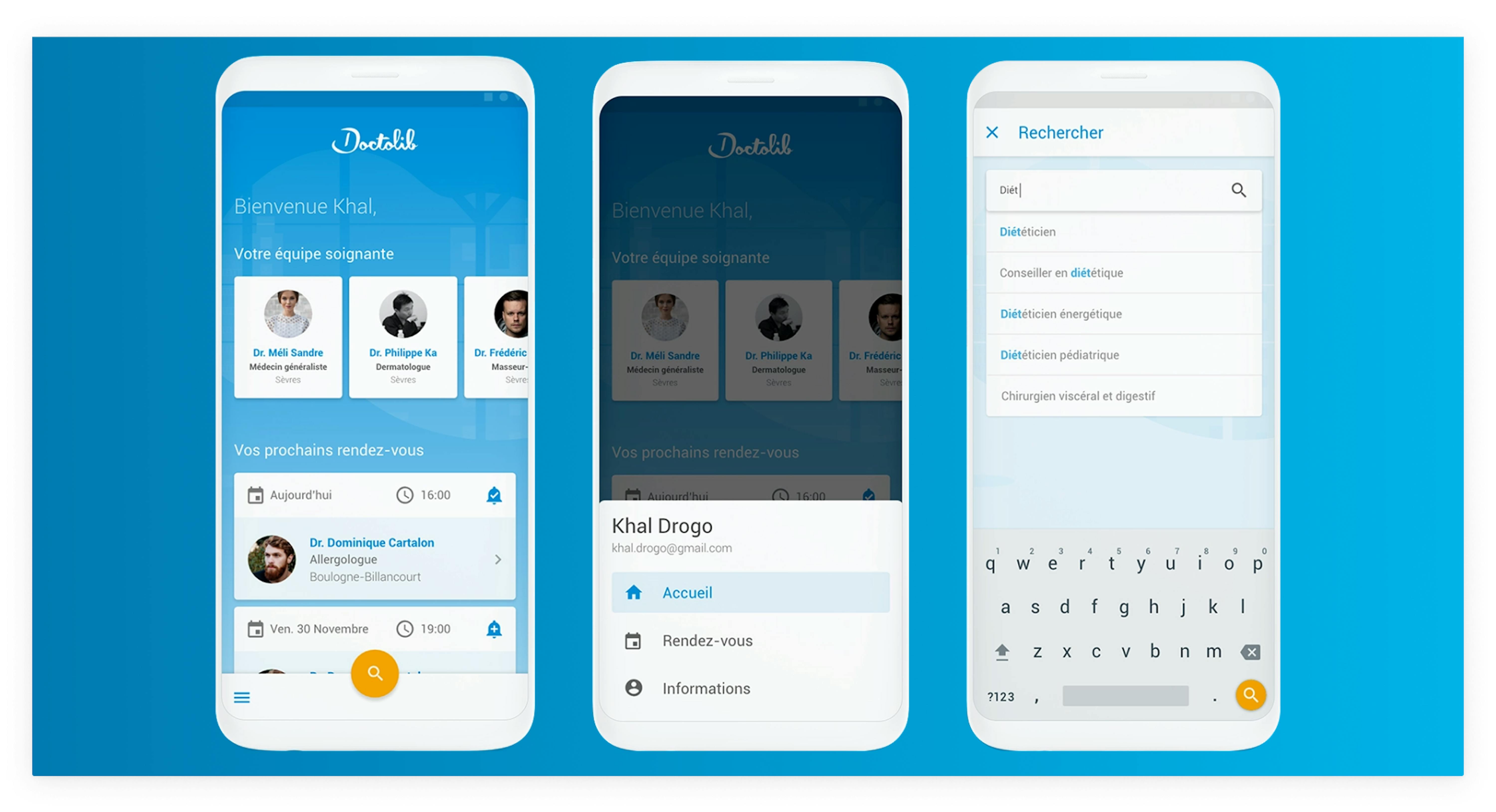
Philips
The Philips Company is a Dutch multinational conglomerate corporation that was founded in 1891. It's a manufacturer of consumer electronics, electronic components, medical imaging equipment, household appliances, RPM software, etc.
What's unique?
Philips' RPM is a patient-centered connected health solution that empowers healthier behaviors for members and reduces increasing financial strains on health plans, providers, and individuals.
Philips' RPM platform consists of its eCareCoordinator dashboard for clinicians and eCareCompanion app for patients. This RPM software uses patients' data and connected devices. Patients could upload data and enter their temperature using a blood glucose meter as an example. The dashboards for patients and clinicians analyze data, including trends. Clinicians can customize patient care plans and coordinate care with other physicians.
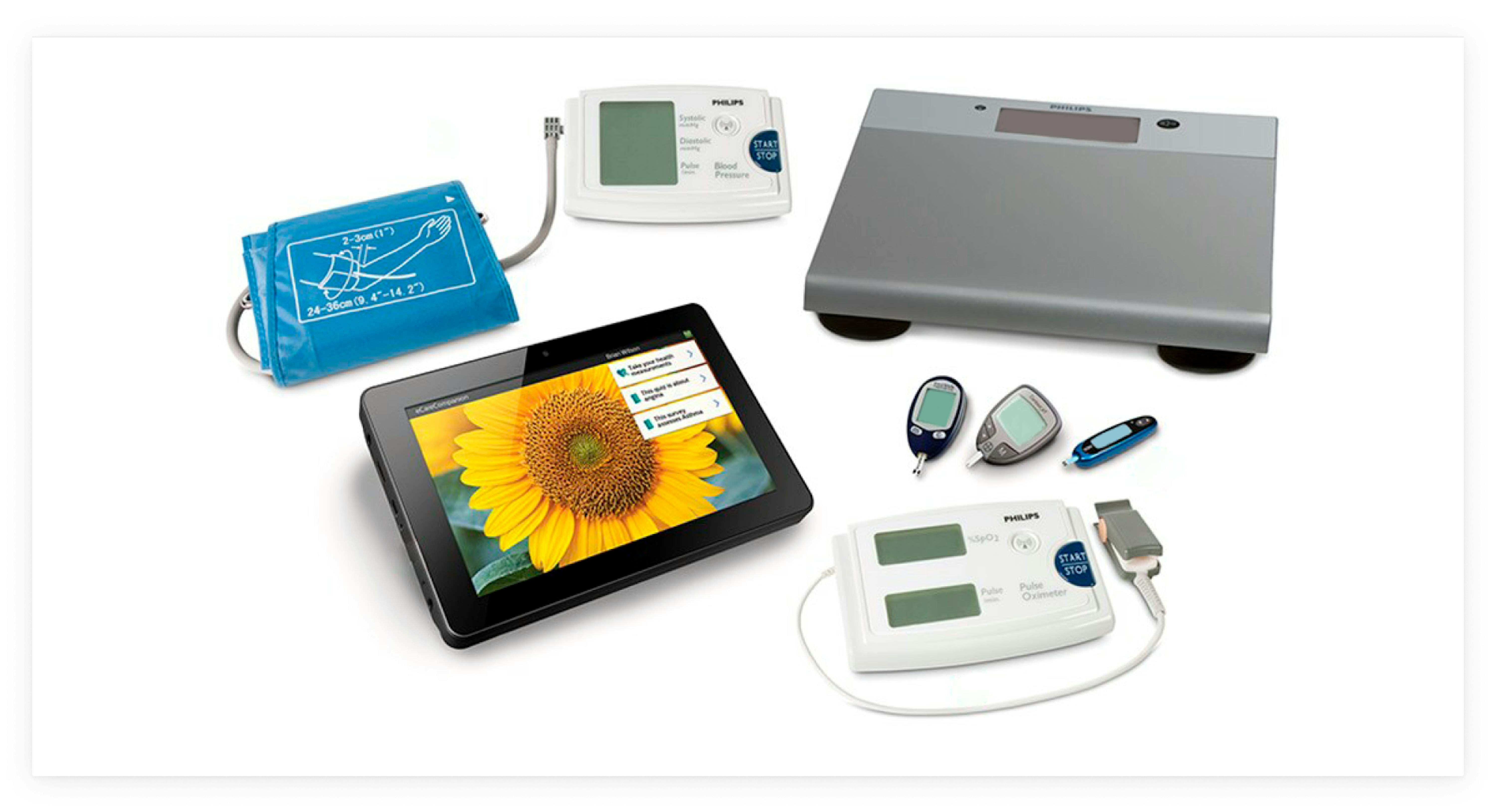
Senseonics
Senseonics is a medical technology company focused on developing and commercializing a long-term, implantable continuous glucose monitoring, or CGM, system to improve the lives of people with diabetes by enhancing their ability to manage their disease with relative ease and accuracy.
What's unique?
Senseonics focuses solely on blood glucose monitoring. Its system consists of a removable transmitter and a sensor implanted under the skin by a healthcare professional. The sensor is connected to a mobile app that analyzes patient data and provides alerts and information through the patient’s smartphone or smartwatch when their blood glucose is too high. The software also provides information on trends in glucose levels. Data can be shared with healthcare providers and family members to help with treatment.
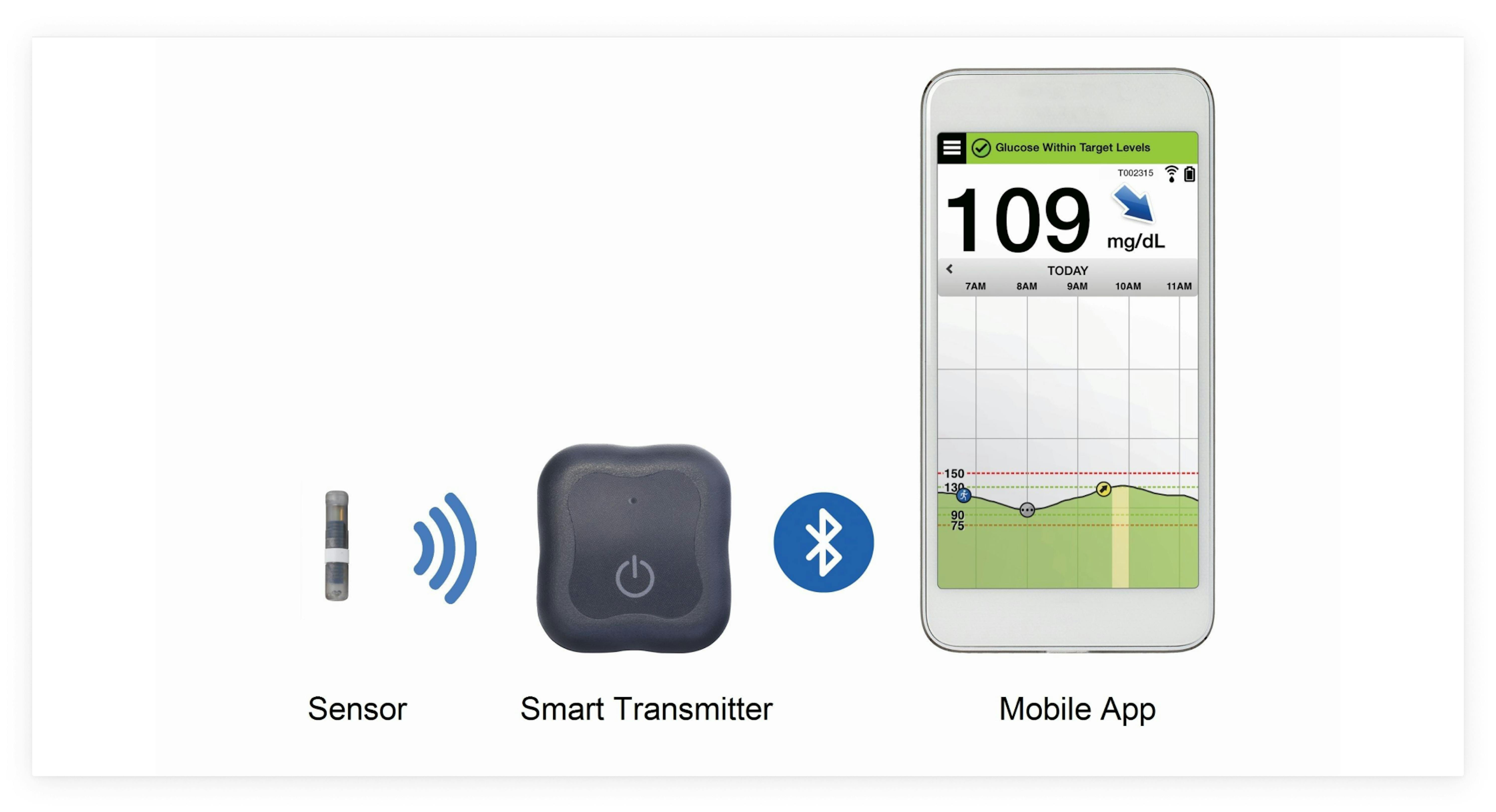
How Mad Devs can help you build an RPM solution
If you have an idea for an RPM solution you'd like to develop, it's time to consider who will create it. Depending on your company's resources, hiring an outside team can be more cost-effective than hiring engineers to work in house. Mad Devs is ready to offer our expertise to bring your healthcare technology idea to reality.
The Bilim App is one example of our portfolio in this area. In 2022, the Turkmen non-profit Saglyk approached Mad Devs to update their women's health and wellness app, Bilim. This app helps women track their menstruation cycle, learn about their rights, and find information on various health issues. It was the first app to offer these services in the Turkmen language. Currently, the app has over 50,000 downloads on the Google Play market.
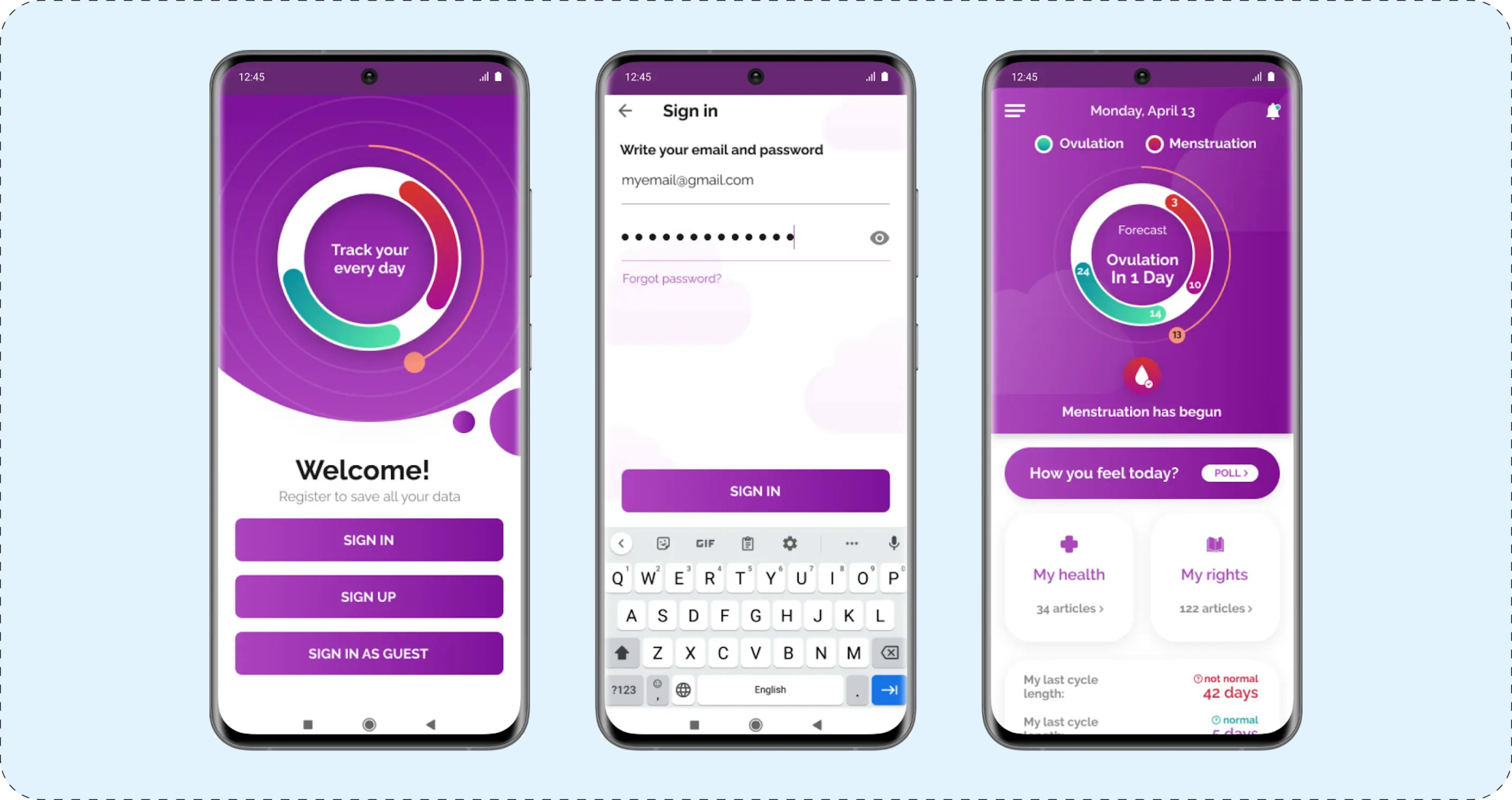
Some challenges followed the app's development. First of all, Saglyk, the client, already had a working app but wanted to expand its functionality and update its appearance. IT was also important to keep development costs low so as to make the solution accessible to the general population of Turkmenistan. Mad Devs' development process for the Bilim app involved several key stages:
1. Analysis and planning: We conducted a thorough analysis of the app's existing infrastructure and defined project requirements.
2. Architecture redesign: Our team redesigned the backend architecture to improve performance and scalability.
3. Feature enhancement: We added new features, such as a user-friendly interface, advanced menstrual cycle tracking, and detailed health insights.
4. Quality assurance: We conducted rigorous testing to ensure the app's reliability and user satisfaction.
5. Deployment and support: We have provided ongoing support and updates to maintain app performance post-launch.
Want to build an efficient, reliable, and scalable RPM solution? Contact us today!
Conclusion
Greater public interest and concern for individual health, along with advances in technology, are driving the RPM market to reach new heights in solutions and revenue. These technologies enable monitoring patient and user health 24/7, sending automatic alerts to healthcare providers or emergency services when necessary, and opening access to quality treatment for remote populations. Doctors, nurses, and other healthcare staff receive the benefit of focusing less on manual, routine work to concentrate on saving lives and providing treatment. RPM has the potential to reduce burnout and ease stress on healthcare systems around the world.
If you're thinking about developing your own RPM solution, this is a great time to do it.



